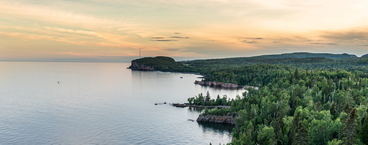
Environment and Natural Resources Trust Fund invests $8.75 million in invasive species research at the University of Minnesota
ST. PAUL, MINN. ---- The Environment and Natural Resources Trust Fund (ENRTF) recently awarded the Minnesota Invasive Terrestrial Pests and Plants Center (MITPPC) $5 million over five years and the Minnesota Aquatic Invasive Species Research Center (MAISRC) $3.75 million over four years to conduct vital research that informs approaches to address invasive species across the state.
MITPPC and MAISRC rely on biannual requests to the ENRTF to discover new technologies and strategies for invasive species management and early detection. Funding from ENRTF provides the centers with the ability to support multi-year research projects and dozens of researchers, graduate students, and post-doctoral associates with broad academic backgrounds, bringing fresh ideas and new perspectives to invasive species research.
The ENRTF is managed by the Legislative-Citizen Commission on Minnesota Resources (LCCMR), which makes funding recommendations to the Minnesota state legislature for environment and natural resource projects. The ENRTF is funded by the Minnesota lottery, not taxpayers.

Arizona had slowed quagga mussel invasion, but a rise in boat sales could renew the threat
Skyrocketing boat sales have filled lakes across Arizona with millions of dollars’ worth of new watercraft, potentially renewing the threat from quagga mussels, an invasive aquatic species that still lurks in waterways across the West. The tiny mollusks wreak havoc in reservoirs and other facilities and often move from lake to lake by clinging to the hulls of boats. Though extreme heat across the Southwest is helping cull portions of the population, officials fear the influx of new boat owners could raise the risk of another infestation. The mussels have spent more than a decade infiltrating water systems in nearly half of the state’s largest reservoirs, including Lakes Powell, Mead, Mohave, Pleasant and Havasu. The mussels, which
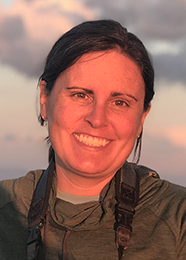
(Re)Introducing Meg Duhr, MAISRC’s Research Outreach Specialist
Like most things in 2020, Meg Duhr's first few months at MAISRC didn’t exactly go to plan. As our first ever research outreach coordinator, Meg's role is to build connections with managers, residents, and researchers. After only a few weeks in the office, she found herself in a statewide stay-at-home order. However, looking forward to the rest of summer 2021, Meg will be back on the road and sharing our research with lake associations, local governments, and more!
Meg joined MAISRC after working as a manager and biologist with the US Fish and Wildlife Service for over ten years. A native of Green Lake, Wisconsin, Meg spent the majority of her time on wildlife refuges in the Pacific Northwest and the remote Pacific islands, working on habitat restoration and battling invasive species. Fortunately for us, Meg is an avid cross country skier and has confirmed that she is more than happy to be back in the land of 10,000 lakes despite the frosty winters.
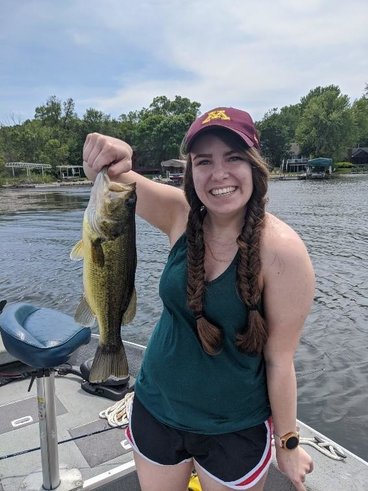
The people behind the projects: Holly Kundel — impacts of zebra mussels on walleye
Most of you have heard of scientific researchers, you may even know one personally, but what exactly do they do? As a scientific researcher myself, I am excited to share a behind-the-scenes look at my work as a MAISRC Graduate Fellow.
But, before I start explaining my project and work at MAISRC, let me tell you a little bit about myself. My name is Holly Kundel and I just completed my first year in the Conservation Sciences graduate program at the University of Minnesota. I’m from Forest Lake, Minnesota and I’ve always enjoyed the outdoors. It wasn’t until I went to Augsburg University in Minneapolis that I realized that I could make a career for myself that wove together my favorite topics of biology and the outdoors. While at Augsburg, I learned how much I enjoy doing fieldwork while sampling for dragonflies in ponds in the St. Croix River Valley. My research experiences as an undergraduate and my passion for freshwater ecology lead me to Dr. Gretchen Hansen’s lab at the University of Minnesota where I joined MAISRC.
MAISRC Project Background and Goals
My project with MAISRC hopes to quantify the impact that invasive zebra mussels have on walleye recruitment. Recruitment refers to when walleye enter the fishery, meaning they are now large enough to be caught by anglers.
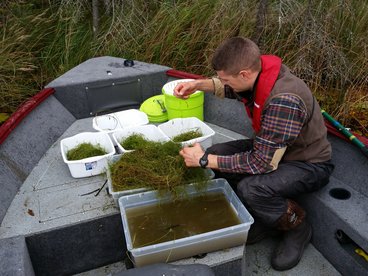
Plant survey data sharing and a new database to support invasive plant decision-making
Summer is in full-swing and the growing season for native and invasive aquatic plants is well underway. It’s the time of year when managers, survey professionals, and applicators are busy doing surveys, delineations, and aquatic weed treatments. These activities take place at hundreds of lakes every year in Minnesota and along the way yield a tremendous amount of data. At the individual lake level, the information gained from a survey is used to plan a treatment area or evaluate the efficacy of a previous treatment, document baseline plant communities, or map the occurrence of native and invasive plant species across a lake. One type of survey that is of particular interest to MAISRC researchers is a point-intercept survey. That’s because this is a standardized level of survey effort and a repeatable method of data collection that can be used to look at trends across multiple lakes and over time.

Golden Clam Discovery Triggers Rapid Response Monitoring Project
You're never too old or too young to help protect Minnesota's waters from aquatic invasive species. This past August, a new population of golden clams, Corbicula fluminea, was discovered by twelve-year-old budding conservationist, William Guthrie. The new infestation was found in Briggs Lake (Sherburne County) while the Guthrie family participated in Starry Trek, an annual event where volunteers from across the state search for starry stonewort and other aquatic invasive species.
Golden clams have been found in Minnesota in the past, but mainly in rivers where power plants discharge their cooling water—therefore keeping the surrounding water warmer year-round.
The discovery of golden clams in Briggs Lake is significant because it is an inland lake with no supplemental heat source. If the clams can survive our winter months, they could also spread and reproduce in additional lakes and rivers. Similar to zebra mussels, infestations of golden clams can clog water intake pipes and alter local ecosystems.
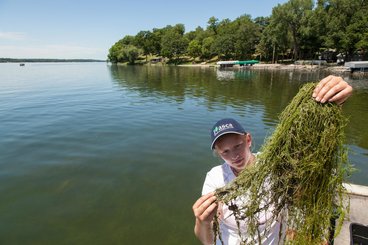
2021 Starry Trek logistics underway
Starry Trek returns this August, as a new crew of volunteers will set out to explore new lakes, seek out new AIS, and to boldly go where no volunteer has gone before (ok, maybe not that last one). On Saturday, August 21st, volunteers will rendezvous at local training sites across the state to receive training on sampling and identifying aquatic plants and AIS before setting out to their assigned lakes to search for starry stonewort and other priority invaders. Since 2017, Starry Trek volunteers have found over 40 new occurrences of AIS in Minnesota, including four new populations of starry stonewort.

Research in Action - James Johnson
For our second installment of our AIS Professional Q+A, we spoke with James Johnson, a UW-Madison and University of Minnesota alum and founder and lead scientist for Freshwater Scientific Services, LLC, a consultancy that specializes in aquatic plant surveys, lake management planning, and water quality studies.
I grew up fishing and snorkeling with my dad on small lakes in Wisconsin and spent a lot of time on Madeline Island in Lake Superior, so I have many fond memories of being around big and small lakes. At the time I had no idea that a person could have a job working on lakes. When I started college at UW-Madison, I wanted to be an engineer, but I soon realized that although I loved the problem-solving and technical aspects of engineering, my real love was biology and working outdoors. So I switched my major to Zoology and Conservation. Being at a great lake school like Madison, I got a lot of exposure to fisheries, limnology, and marine biology courses and I just fell in love with this line of work.
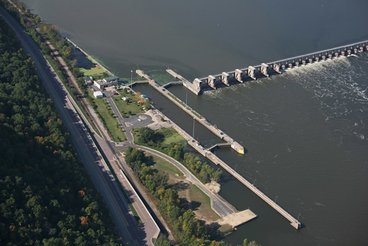
DNR taking aggressive action in Mississippi River on invasive carp
The Minnesota Department of Natural Resources, in partnership with the Wisconsin Department of Natural Resources, the U.S. Geological Survey and the U.S. Fish and Wildlife Service, is taking further action following the capture of 34 silver carp in Pool 8 of the Mississippi River near La Crosse, Wis. during a recent Modified Unified Method operation.
Next steps include increased commercial netting operations, tracking tagged carp, and perhaps another Modified Unified Method operation in the Mississippi River.
The USGS-developed Modified Unified Method combines netting and herding techniques to drive and concentrate invasive carp from a large area of water into a small zone for removal. Thirty-one silver carp were captured during the five-day operation earlier this month and three more were captured during follow-up work.
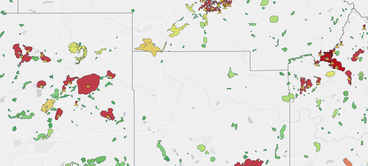
‘AIS Explorer’ Models How to Protect 10,000+ Lakes with Limited Resources
ST. PAUL, Minn. — Researchers at the Minnesota Aquatic Invasive Species Research Center have developed an online dashboard (AIS Explorer) that predicts the introduction risk of aquatic invasive species and identifies the optimal placement of watercraft inspection locations for waterbodies across Minnesota.
